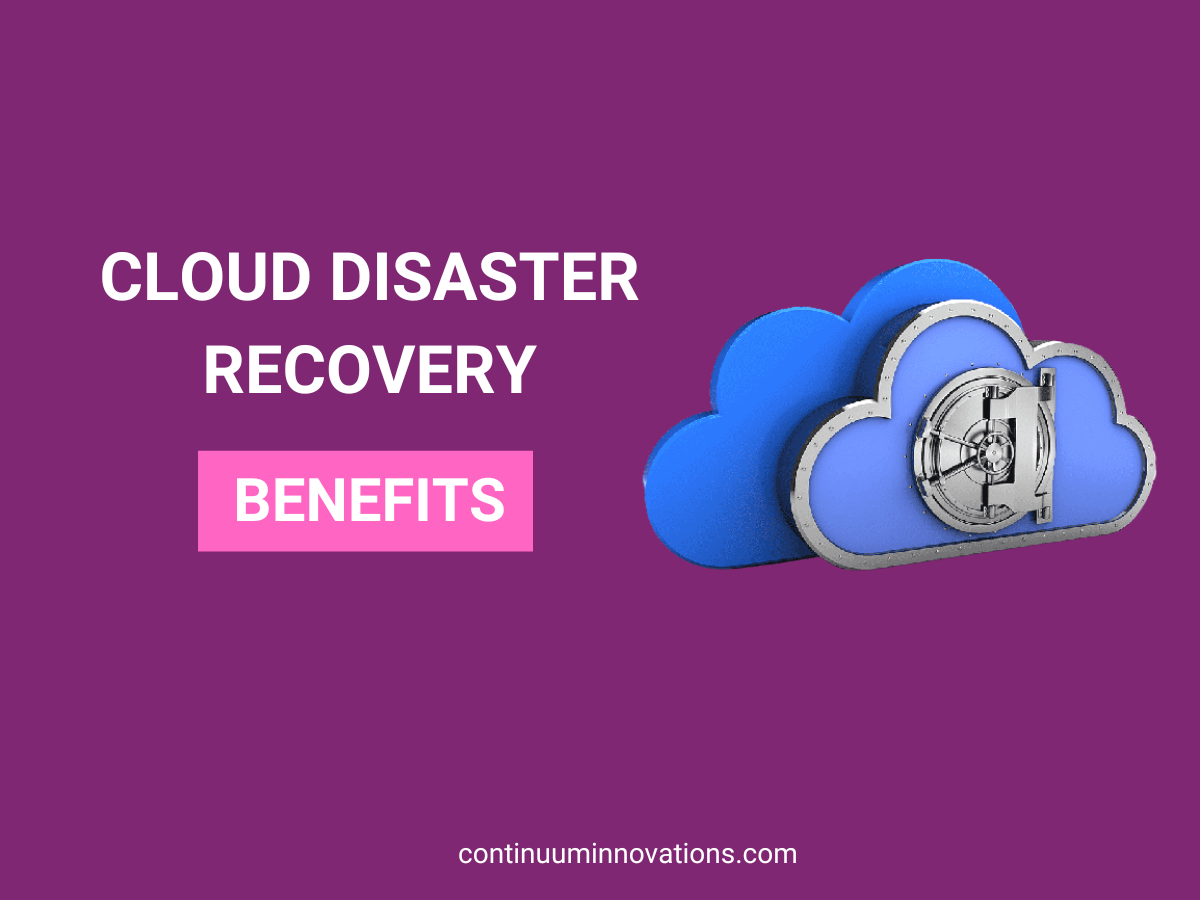Cloud-Based Disaster Recovery — What Are the Benefits?
We are not always ready for disasters but being prepared for it let us take expeditious actions in critical times. Disasters are un predictable. Harm can be caused by anything like human error, malware or technical fault. At the time of disaster, we can’t process our brain and think up for new solutions. Cloud Service providers have set a redefined plans and strategies which is referred as cloud-based disaster recovery.
The world has witnessed many cyber-attacks and threats. When we look deep, along with advanced security features, the cyber threat methodologies have also evolved. For Instance, Sony have suffered from cyberattacks in the past decade.
To ensure that your business doesn’t suffer and your operations run smoothly, you need to strategize your cloud-based disaster recovery plan. Here’s why.
What is Cloud Based Disaster Recovery?
Cloud based disaster recovery is the methodology defined to recover data from the cloud environment in case of any hazards or threats. As of now, four recovery methods are in practice. Some of them are
- Backup & Recovery
- Pilot light
- Warm Standby
- Hot Standby
The RPO and RTO
You must need to know about RPO and RTO before getting into cloud-based disaster recovery. These two factors will help you to figure out the best practice for disaster recovery.
RTO stands for Recovery Time Objective. RTO is the maximum time that your business can go offline. In other words, the total recovery time for your business from the outage.
RPO stands for Recovery Point Objective which is referred as the maximum data loss that the business can withstand.
By considering RPO and RTO, the targets are measured. Lower the number, lower is the downtime and data loss. Every business data is different, one need to specify RTO and RPO for each application and have to group up the RTO of same number and categorize it as Tier 0 and Tier 1.
Cloud-based Recovery System is better than traditional ones
When it comes to traditional DRaaS, your company needs to store the backup data onsite, automate transport to an offsite location, and manual transport to an offsite location. These require a lot of time and resources.
Besides, this is incredibly difficult to monitor and has multiple steps. Moreover, you’ll need manual labor to employ resources you can use somewhere else and extensive training to maintain it.
Traditional DRaaS will help your company quickly recover from a system outage. Because in the traditional system, it takes a lot of downtime to help operations move smoothly, and that’s not a feasible option for most companies.
Benefits Of Cloud Based Disaster Recovery
Reduced Downtime
Downtime can severely affect your business and turn away potential customers. Your valuable customers would just go to competitors because there are hundreds of different options available at the click of a button. This might even turn away your loyal customers. So, long periods of downtime are not an option. Thankfully, cloud-based DRaaS can reduce your downtime significantly.
DRaaS uses third-party locations for your disaster recovery environment. This way, your data and systems can be restored to any location or be run on the cloud. Your systems can come back online quickly after an IT disaster while also minimizing manual processes to recover your data.
Improves Efficiency
When a disaster strikes, you can easily and swiftly deploy a cloud-based disaster recovery system to all departments across your company.
Cost-Effective
Your company can save a lot of money and time, and resources with a cloud-based disaster recovery system. It’s much more affordable and feasible than building and maintaining your own infrastructure. Moreover, you won’t have to worry about the technical aspects or any updates you’ll need.
Besides, you can also significantly cut down downtime and management costs or the money spent on technical assistance.
Reliable
Cloud-based DRaaS frequently tests their recovery point objective and recovery time objective accurately. This ensures that your disaster recovery plan is reliable to fall back on.
Deployment simplicity
Entities can benefit from provider expertise and specialized knowledge with cloud-based solutions. They can launch without making large investments in technology, software, or a second location, and without undergoing extensive training or increasing the number of employees.
Things to consider while selecting DR service provider
- Check out the location, it shouldn’t very nearer or far away. You tent to share the disaster impact when you are located very near and latency when placed apart. Be cautions with it.
- Have a look at how reliable their services are
- In some cases, they have a flexibility to retrieve some additional applications which are not labeled as important one.
- Check out their security features like VPN, two factor authentication, data encryption etc
Who We Are?
Continuuminnovations, the professional cloud managed service providers offer end-to-end cloud solutions from start-ups to enterprises. Our skilled cloud engineers strive hard to derive strategies that suits the best for your business. We provide optimal solutions from start-ups to enterprises and love to work with all industrial sectors. We take care of everything from developing personalized cloud solutions to managing workload migrations. we assist users to reduce security risks and ensure that the firm doesn’t fall victim to modern cloud security problems. From managing multi-cloud environments to ensuring compliance, we take care of it all.
We keep on updating ourselves with the new emerging technologies to deliver the best to our clients. We are the Doers team with strong business ethics!
Our prime services
- AWS Managed Services
- Azure Managed Services
- Cloud Migration
- DevOps
- Big data analytics



